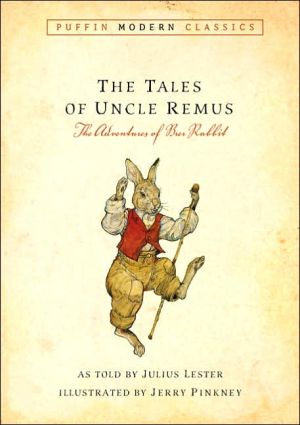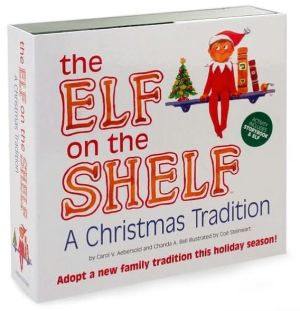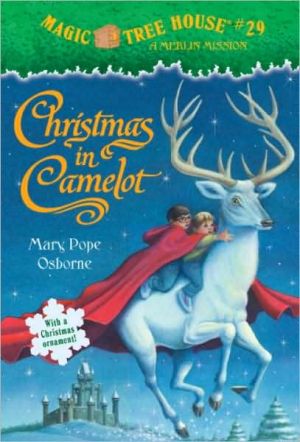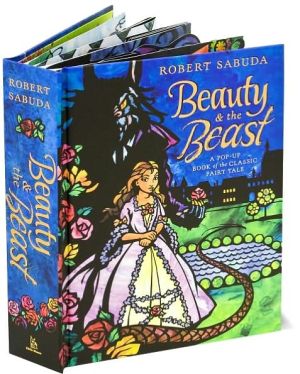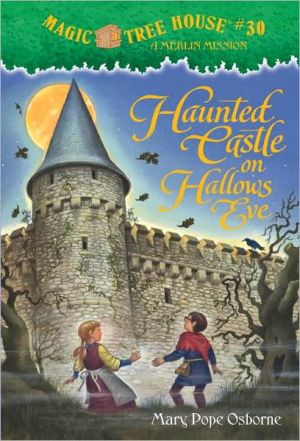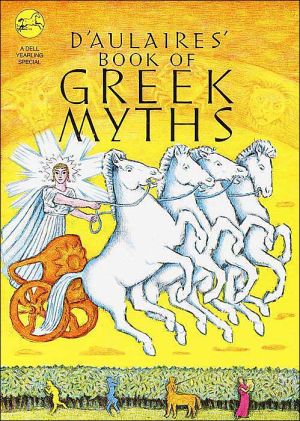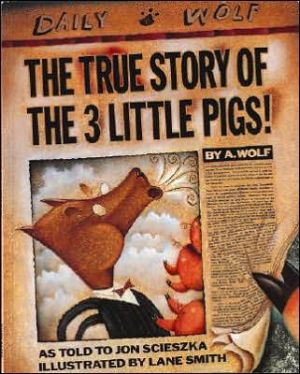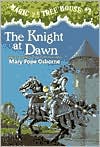The Tales of Uncle Remus: The Adventures of Brer Rabbit
Whether he is besting Brer Fox or sneaking into Mr. Man's garden, Brer Rabbit is always teaching a valuable lesson. These classic tales are full of wit, humor, and creativity, and Julius Lester brings an added contemporary sense to these forty-eight timeless stories.\ \ \ Originally told by Southern slaves, these animal tales were collected by Joel Chandler Harris and published between 1896 and 1918. Lester has selected and rewritten forty-eight of the stories...
Search in google:
Originally told by Southern slaves, these animal tales were collected by Joel Chandler Harris and published between 1896 and 1918. Lester has selected and rewritten forty-eight of the stories featuring Brer Rabbit, adapting the language and setting for modern-day audiences. This important volume, steeped in black history, is decorated with both full-color and black-and-white illustrations.Publishers WeeklyLester juxtaposes a contemporary voice and settings (like shopping malls) with some dialect in these "wonderfully funny folktales," said PW. "For many purists, though, it will not replace the original stories." Ages 8-up. (Jan.)
\ Publishers Weekly - Publisher's Weekly\ Lester juxtaposes a contemporary voice and settings like shopping malls with some dialect in these "wonderfully funny folktales," said PW. "For many purists, though, it will not replace the original stories." Ages 8-up. Jan.\ \ \ \ \ Publishers Weekly - Publisher's Weekly\ Lester's thoughtful preface to his retelling of the Joel Chandler Harris folktales elucidates the problems inherent in a project of this sort, which, unfortunately, this volume does not entirely resolve. Harris's stories are told in the Gullah dialect, often thought difficult by modern readers. In an attempt to preserve the tales, Lester has rewritten them in his own voice, often with references to ``things that are decidedly contemporary, like shopping malls.'' Lester calls such references characteristic of black storytelling and admits they may be jarring. But his retelling is uneven. For example, in the same story the narrator tells us formally, ``Early one morning, even before Sister Moon had put on her negligee, Brer Fox was up and moving around,'' and then says in dialect, ``Brer rabbit was sho' nuf' mad now.'' Harris's Brer Rabbit comes ``pacin' down de roadlippity-clippity, clippity-lippitydez as sassy ez a jay-bird'' while Lester's comes ``strutting along like he owned the world.'' This collection is important as a way of introducing readers to the Harris tales; it also stands alone as a volume of wonderfully funny folktales. For many purists, though, it will not replace the original stories. Pinkney's drawings, both black-and-white and color, nicely combine realistic detail and fancy. All ages. March\ \ \ School Library JournalGr 2 Up Recent retellings of Joel Chandler Harris' African-American folktales from former slaves have pruned the dialect and leave out Uncle Remus all together. Most notable of these is Jump!: the Adventures of Brer Rabbit (HBJ, 1986). This newest attempt brings together two distinguished children's book creators in a most unusual recreation. Lester has retold 48 of the folktales in standard English but with a strong feel for the dialect of the original stories. His retellings are as lively as the originals but they also have a liveliness of their own, as he incorporates modern allusions which never seem out of place. Even more importantly, he uses the sharp, witty Uncle Remus who narrated the original folktales, and not the more servile character from the opening and closing segments who many found offensive. Pinkney's illustrations are mostly black-and-white sketches with some full-color double-page spreads. They do not have the sass of the original A. B. Frost illustrations, but they are filled with strong interest and a great humor which serves the text well. This will be of great interest to school and public libraries as well as to storytellers as a source which gives new life to an American classic. Kay McPherson, Central Atlanta-Fulton Public Library\ \
